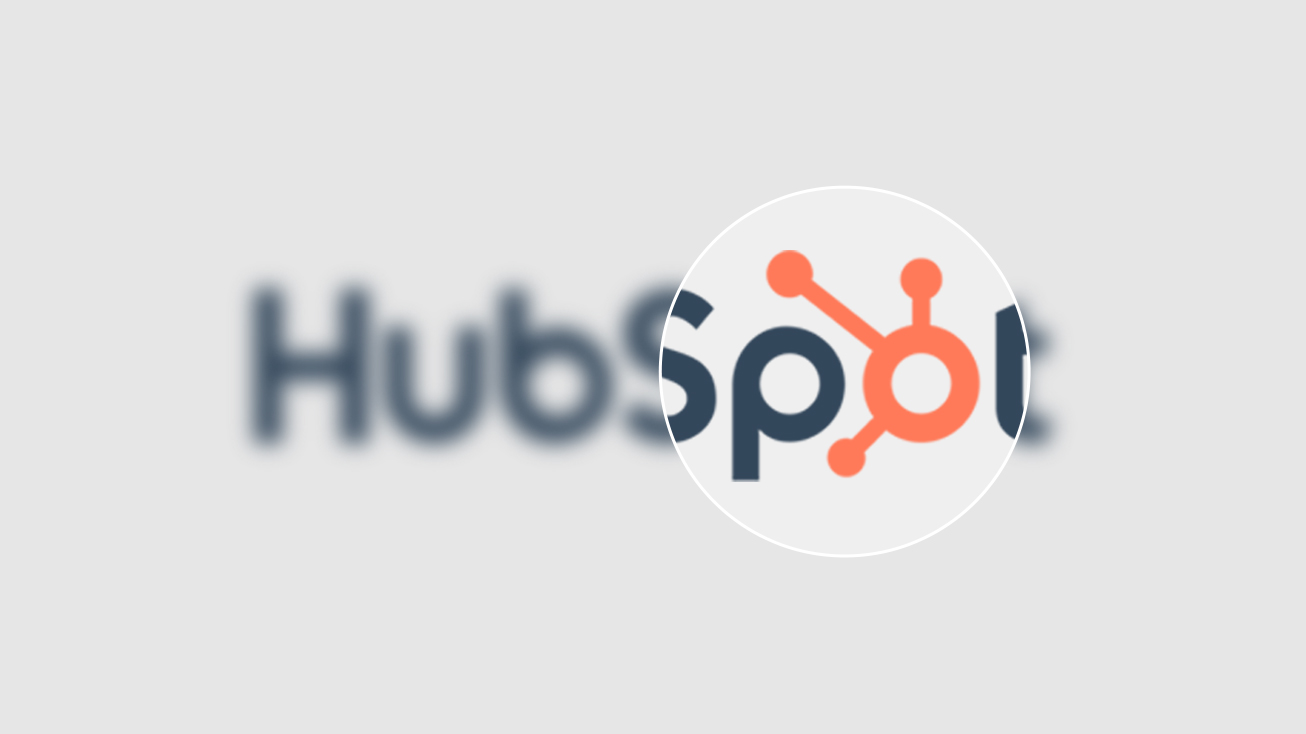If you’re already using HubSpot’s Marketing Hub for your marketing efforts—even at the most basic Free level—there might be a lot of useful tools and features your team is overlooking.
Here’s a close look at some of the most helpful HubSpot tools we see far too few businesses make use of, most of which are already available and waiting to be activated by your marketing team.
1. List Segmentation
Want to send highly targeted marketing & messaging to only a select portion of your users? HubSpot’s list segmentation features might just be your best friend.
By building lists of users segmented by property values and other important characteristics, marketing teams can quickly sort & segment users in your CRM along core business lines, marketing funnel phases, prior touchpoints, user personas, or custom data points.
Then, you can use these segments to send out highly-targeted emails and messaging corresponding to each phase of your sales & marketing process. This will allow you to better track how users are moving through the funnel at each stage.
2. Custom Properties & Objects
Properties & objects are core components of the HubSpot CRM and are key to allowing marketers to segment, track, and report on your HubSpot database.
With custom properties, you can unlock way more ways of sorting, filtering, and grouping users to match your own unique business needs. This could include anything from “referred by,” “cross-sale opportunity” etc. You can also customize fields & formats for these (i.e., radio button, checkbox, free form, etc.)
Each property is also associated in HubSpot with an “object”, which represent the different types of relationships and processes in your CRM. HubSpot’s default objects include Contacts, Companies, Deals, Tickets.
But there’s also a way to add even more flexibility to your database: custom objects.
Custom objects take things one step further, allowing you to create unique labels & sorting capabilities across your database items themselves. You can track objects like “Projects,” “Orders,” “Payments,” “Team members,” etc.
Using these, you can establish a much richer database within your CRM to move into more complex marketing tools like segmentation and automation.
3. Form Builder & Tools
These form builder tools allow marketing teams to quickly build custom (and customizable) forms for your website right in HubSpot, seamlessly connected to your CRM.
Using custom forms, teams can launch & deploy the same form across multiple website pages, and even build unique forms to match distinct goals.
With all of these custom forms living right in HubSpot, it can be even easier to integrate user response data into marketing automation and intelligent segmentation. This can help power your marketing efforts automatically.
4. Shared Inbox
Struggling to keep up with responding to live chat and messages from your social accounts? Through email? Chatbots? Unify everything in the HubSpot Shared Inbox.
A shared inbox consolidates all of your customer conversations in one place accessible by all your team members. That makes it easy for teams to have single oversight and allows for easy response to critical messages from users in a timely manner.
Plus, you can track all of those data-rich conversations right in your CRM, meaning you can seamlessly refer back to and optimize toward user goals they’ve already told you in prior conversations.
5. Bots & Live Chat
Want to free up some of your support staff’s time and energy? HubSpot offers free chatbots & live chat features to help minimize response time & user frustration.
These tools tie directly into your CRM, allowing you to track user actions and questions to paint an even richer picture of your user experience.
6. List-Based Ad Retargeting
Pretty much every marketer knows the value of retargeting ads or serving ads to users who have previously engaged with your brand or visited your website.
Having ad retargeting tools included in Marketing Hub makes the whole process even easier.
With pixel-based retargeting, you can capture anonymous site visitors and deliver intelligent retargeting campaigns to follow them around the web. Plus, it all gets stored in your CRM, so when they do convert you’ll have a clear picture of how, when, and where.
List-based retargeting is a little less common but might be a crucial tool when third-party cookies fall off. This lets you hit users for whom you already have their contact info in your CRM with retargeting ads across the web, as long as the email you have matches the one they use on Google, Facebook, Twitter, etc.
List-Based retargeting allows you to segment your targeted users across your lists, allowing for highly customizable criteria for ads not as dependent on cookies & pixel-based interactions.
7. Email Health Insights
With iOS15 and other privacy changes to the email world, KPIs are a particular focus for email marketers right now.
In other words: if you can’t really trust open rates and click rates on emails, how can you really analyze the impact of your email marketing efforts?
If you’re even a moderate sender of emails (at least 400 sent in the last 30 days), you can make use of Hubspot’s Email Health tool.
Offers insights to help analyze a snapshot of your current sending health, including a review of historical trends, to help you determine whether your aggregate email metrics are on track.
The keyword here is “aggregate” – this won’t necessarily give you an email-by-email assessment, but will keep you clued into long-term trends like overall bounce, unsubscribe, and spam report rates to keep your emails flowing smoothly. Also helps you compare your efforts against industry averages, to keep up-to-date with the latest trends.
8. A/B Testing
Interestingly, this feature is only available for accounts on the Professional plan and up, but it’s a dynamic tool that should be in pretty much any marketer’s arsenal.
HubSpot’s A/B testing tools allow you to do just that: A/B test emails, landing pages, and other creative to test & refine your creative. It helps you refine and solidify messaging, imagery, and other factors to find the optimal iteration for your audiences.
Since you can segment A/B tests by lists, you can even understand how different audiences respond to different creative applications. All part of the road to more personalized content.
9. Dynamic Personalization
Marketers can use information about users stored in their database (including HubDB tables, CRM objects, programmable content, and more) to deliver personalized content to users based on what you know about them.
Here are some of the most effective practical applications:
- Nurture users across the lead lifecycle. If users in your Consideration phase need more focused messaging than users in the Awareness phase, you can use content personalization to deliver relevant messaging at the right time for them specifically.
- Optimize your CTAs and conversions. If you know a user has already converted on one piece of content—say, an eBook, product page, or landing page—you can deliver a new piece of content on their next visit. This helps eliminate duplicate conversions and helps push users through the funnel more effectively. You can also dynamically edit CTA language based on a user’s funnel phase, list segment, and more.
- Deliver for your loyal users. Do you know that a user comes to your site regularly, looking for a particular piece of content? You can identify them and deliver that resource faster, creating a better experience for this critical audience.
10. Account-Based Marketing Tools & Automation
At the professional level and up, marketers in HubSpot can access ABM tools & automation to identify & activate good-fit target accounts.
These features help drive collaboration across sales & marketing teams and give a clear overview of accounts across all engagements and touchpoints.
You can even set up automation workflows to tag and qualify leads across your accounts based on user action.
Overall, this meshes your existing CRM data with intelligent ABM marketing capabilities to track, measure, and optimize your ABM efforts from end to end all in the HubSpot system.
11. Predictive Lead Scoring (Enterprise Only)
Regardless of how you’re tracking lead scores currently, it’s probably a time-intensive process. Whether it’s setting up your scoring criteria or tracking & consolidating user actions, keeping scores accurate and useful can be challenging.
At the Enterprise level, Marketing Hub offers Predictive Lead Scoring—allowing marketers to automate lead qualification with the help of machine learning, using thousands of data points.
This allows you to faster & more accurately identify quality leads in your CRM, so you can take action more efficiently to move users through the funnel.
It also allows marketing teams to create multiple score sheets with more customization, allowing you to take even more control over your scoring capabilities.
Don’t Let HubSpot’s Best Features Go Unused
If you’re already using Marketing Hub for your marketing campaigns, website processes, or purely as a CRM, you could miss out on some of the most powerful tools HubSpot offers.
Fortunately, getting started with these marketing tools doesn’t have to be a heavy lift. And you don’t have to do it alone. With a Diamond Solutions Partner like us working alongside you, unlocking the full potential of HubSpot is a matter of when not if.
So, when you decide that you’re ready to get your A-team acclimated with these features, get in touch and we’d be happy to show you just how much might be waiting behind the scenes in HubSpot.





